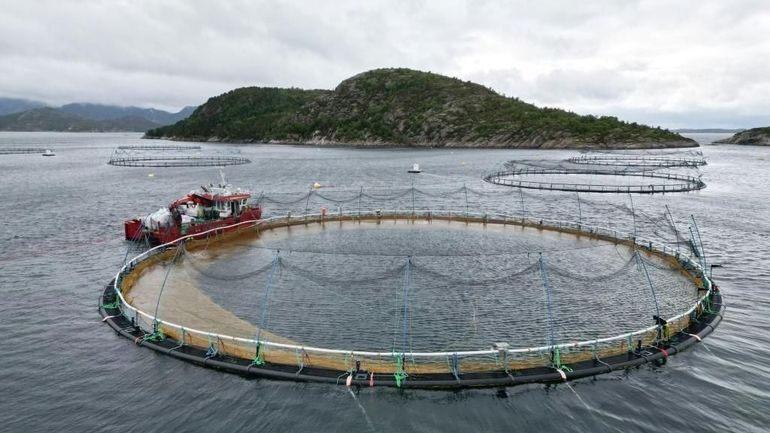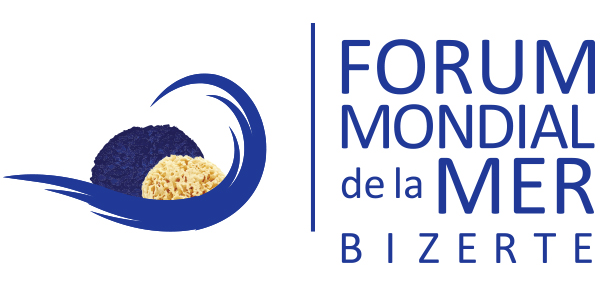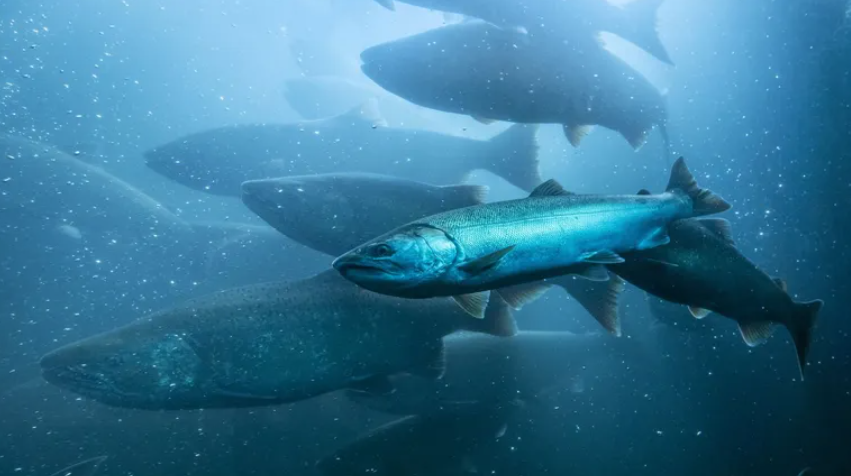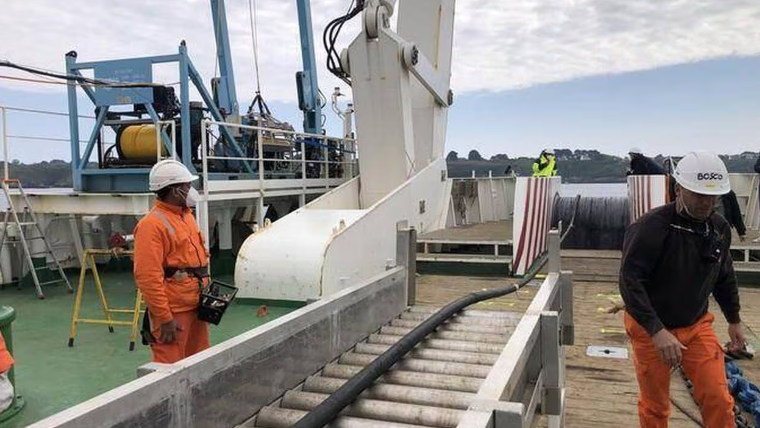Salmon is becoming increasingly rare—so much so that Norway placed it on its Red List of near-threatened species in 2021. A growing proportion of these fish, which migrate between freshwater and saltwater, are no longer returning to spawn in their native upstream rivers. They are vanishing at sea for reasons that remain unclear, but scientists suspect a link to climate change.
Only 323,000 wild salmon returned to Norwegian rivers in 2024—less than a third of the numbers recorded in the 1980s, according to the Scientific Committee for Salmon Management, an independent body set up by the Norwegian authorities.
« Salmon fishing is very important to Norway, both for local communities in river valleys and for the economy. It also attracts many tourists, » says Aksel Hembre, vice-president of Norske Lakselver, an association representing river salmon operators.
But with the collapse in salmon runs (the number of fish returning to spawn), the government suspended fishing in 33 rivers last year and has imposed further restrictions this year: river closures, shorter fishing seasons, and quotas.
This has come as a heavy blow to tourism professionals and the 60,000 to 80,000 recreational anglers who pursue their passion in rivers where salmonid populations are still considered sufficiently abundant.
Tourism and Jobs: A Thriving Business at Risk

While the impacts of climate change—such as warming river waters, changes in precipitation patterns, and droughts in freshwater systems, and altered ecosystems and food sources at sea—are difficult to reverse, another major culprit is being singled out: aquaculture.
Since the 1970s, Norway has been producing farmed salmon, a lucrative industry that generated €10 billion in revenue in 2024, making it the country’s second-largest export product after hydrocarbons. It also provides much-needed jobs along the coast.
Hundreds of fish farms now operate in Norwegian fjords.
Each of their six to twelve open-water cages can hold up to 200,000 fish.
Not only are farmed salmon estimated to outnumber wild salmon by a factor of a thousand, but they also contribute to the latter’s decline.
Open cages pose a threat to surrounding wildlife
According to the Scientific Committee for Salmon Management, the main threats from aquaculture include:
- Sea lice (parasites that thrive in densely packed farms)
- Escapes of farmed salmon, leading to undesirable genetic mixing
- Disease transmission
In response, many experts and environmental advocates are calling for open-net pens to be replaced by closed containment systems, which would reduce environmental impact but are significantly more expensive.
“We demand zero emissions, zero fish escapes, and zero impact from sea lice on wild salmon. That’s essential if we want to save the species,” says Aksel Hembre.
The industry asks for time
“Progress is slow because this is a complex issue. Imagine building a closed system and installing it at sea—it’s far more complicated than using open cages. There’s a lot to take into account,” argues Øyvind André Haram, spokesperson for the Norwegian Seafood Association, which represents the industry’s major players.
The sector is also calling for more scientific research to fully understand the causes behind the decline in wild salmon populations.
Meanwhile, in June 2025, the Norwegian Parliament reached an agreement on a legislative text that plans to regulate fish farms within two to four years, paving the way for a gradual transition to closed containment systems.
Source: rtbf




